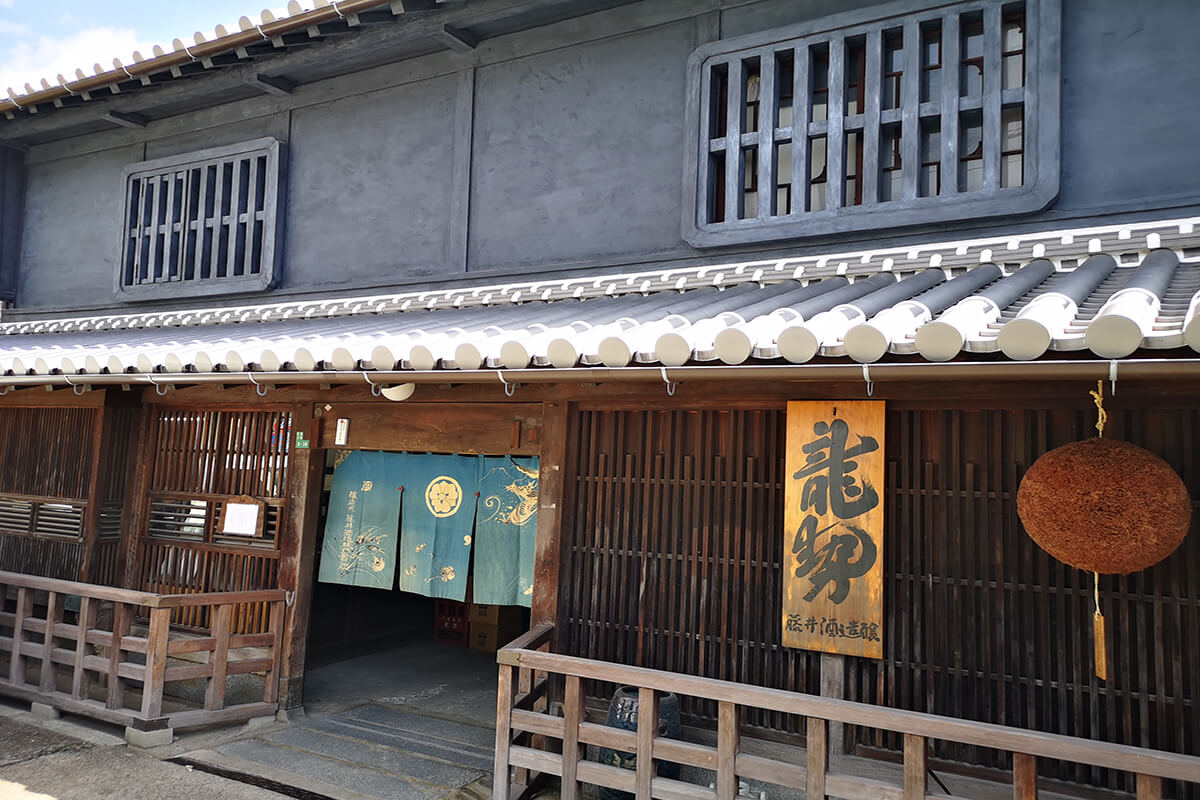Ryusei “Yamada 50” Nama
Hiroshima prefecture
Like a candy apple
Sweet, refined and a little tart, sipping this seasonal junmai daiginjo is like biting into an adult candy apple. First, an aroma akin to young bananas and red apples lures you in. Bottling immediately after pressing allows the sake to maintain a fresh, juicy acidity. The traditional, labor-intensive kimoto method used to brew it imparts a yogurt-like flavor, and its youthful sweetness is balanced by a touch of bitterness.
Characteristics
| Brand | Ryusei |
| Brewery | Fujii Brewing Company |
| Category | Junmai Daiginjo |
| Subcategory | Nama, Kimoto |
| Taste Profile | Rich & Dry |
| Rice variety | Yamadanishiki |
| Yeast variety | In-house |
| Alcohol | 16.0% |
| RPR | 50% |
| SMV | 2.0 |
| Acidity | 2.2 |
Serving Temperature

-
 Recommended
Recommended
-
 Not Recommended
Not Recommended
Region

Ryusei is made in Hiroshima prefecture in the Chugoku region.
Taste Metrics
Tasting Notes
-
Banana

-
Apple

Recommended Pairing
-
Seafood

-
Sushi/Sashimi

-
Aperitif


Fujii Brewing Company
Fujii Brewing Company was established in 1863 by Zenshichi, who chose the location in Takehara, Hiroshima prefecture, for its access to high-quality water. Zenshichi knew what he was doing, as the brewery is still going strong today using their underground water source. With great respect for the history of sake brewing, the brewers at Fujii Brewing Company endeavor to make sake with a deep flavor that doesn’t use added ingredients like lactic acid and enzymes. In doing so, they are able to build on the traditional brewing process, and aim to pass on their knowledge to the generations that come after them.
Learn more

Customer reviews
Tippsy Sake Club
Our sommelier will recommend sake according to your taste when you join Tippsy Sake Club. Also enjoy:
- Members-only prices
- Discounted shipping
- An exclusive sake cup with your first club order
- and more!
All about sake
-
 Introduction
Introduction
Welcome To Your Sake Journey!
-
 Lesson 1
Lesson 1
What Is Sake?
-
 Lesson 2
Lesson 2
What Is Sake Made of and How Is It Made?
-
 Lesson 3
Lesson 3
What Is Rice Polishing Ratio?
-
 Lesson 4
Lesson 4
Types of Sake
-
 Lesson 5
Lesson 5
How To Store Sake
-
 Lesson 6
Lesson 6
How To Drink and Serve Sake
-
 Lesson 7
Lesson 7
Food Pairing Guide
-
 Lesson 8
Lesson 8
Best Sake Bottles and Brands for Beginners




